 Gado by Ilya Viryachev
Gado by Ilya Viryachev
When Lululemon founder and prominent Vancouver billionaire Chip Wilson commissioned a $7,000 graffiti mural to cover a portion of the Seawall that sits on his property, he thought he was doing the city of Vancouver a favour. "We’re doing it for the people of Vancouver," he said in 2013, "and we’re hoping that, by us taking this on, other people along the Seawall [...] will actually take on the art project themselves."
As it turned out, some of the city’s residents, along with the City of Vancouver itself, didn’t feel the same way as Wilson about this display of public art. After receiving anonymous complaints from local residents, the City of Vancouver asked Wilson to cover up the mural, saying that the mural was "unpermitted."
Since this incident, opinion about the role of street art in Vancouver has remained divided, and not just among residents, but also among street artists themselves. While some favour a cooperative approach that works within city regulations, others prefer to maintain their status as outsiders, doing their work under the cover or darkness and leaving it up to the city to decide how to deal with their contributions to the urban scenery. To get a feel for how street artists view their role in the city today, we spoke to five prominent creators who are contributing to Vancouver’s street art scene in a variety of ways.
 Vancouver Seawall: now
Vancouver Seawall: now
Good Vandalism
While many Vancouverites will instantly recognize one of stencil artist iHeart’s pieces, no one would actually recognize the artist if they saw him on the street. That’s because iHeart is one of the few local street artists who refuses to reveal his identity. While anonymity is an important part of iHeart’s brand, it also keeps him from running into too much trouble with the law, as none of his pieces are approved by the city. Asked whether or not his work constitutes vandalism, iHeart’s response is simple:
All street art is vandalism. Some people just like good vandalism.
 Sharing is Caring by iHeart
Sharing is Caring by iHeart
When iHeart saw that his guerilla installation under the Granville Street Bridge had been painted over by city authorities only days after he had put it up, he wasn’t surprised. "I expected it to get painted over pretty fast," he says. Rather than feeling frustrated when this happens, though, iHeart embraces the impermanence of his work. "I think street art’s impermanence has always been a huge draw," he says.
It’s nice to give away something you worked really hard on and it’s even nicer when someone cleans up the mess you made doing it.
Inhabiting the Grey Area
Jenn Brisson, a mural artist who practices a type of street art called wheat pasting, has a similar attitude towards the unpredictable nature of street art.
It’s a bit mysterious in a way, which makes it exciting for me,
she says. Unlike iHeart, Brisson has worked with the city to create commissioned murals. At the same time, she also does underground work that’s off the city’s radar. She enjoys pasting up little pieces throughout the city and seeing how long it takes for them to be removed.
 A Mural by Jenn Brisson
A Mural by Jenn Brisson
For Brisson, putting up unauthorized pieces is all about finding the line between mischief and public service.
You want to put [street art] in areas where people can see it but it won’t cause too much trouble,
she says.
Brisson reflects on a recent trip to New York City, where she spent much of her time admiring the work of other street artists. "We can just walk around in certain neighbourhoods and there are blocks and blocks of art there just waiting to be appreciated," she says. "I just really wish we’d have more of that here," she says.
Because of her medium, Brisson doesn’t believe there’s much danger of getting on the wrong side of the local authorities. "I feel like because it’s wheat paste I might not get into as much trouble," Brisson says.
 Street Art by M W Bowen
Street Art by M W Bowen
M.W. Bowen, another wheat paster whose works are well known around the city, confirms Brisson’s suspicions. He says,
Because I’m just putting up posters, it’s frowned upon but it’s not a criminal offence.
Wheat paste is a type of liquid adhesive that’s made by combining flour and water. It's favoured by street artists around the world as an adhesive for wall posters because it’s cheap to make and easy to apply and remove.
Bowen often does his work in broad daylight, and says that he’s been approached by police multiple times when putting up pieces, and has only been asked to stop once. "For me personally it’s kind of a grey area because I’m doing postering that can be removed with just water," he says.
 A detail from Drew Young's studio
A detail from Drew Young's studio
For Bowen, inhabiting that grey area hits at the heart of what street art does for a city.
I know why society has rules and regulations, but I think people get a little bit too caught up in doing what they think they’re supposed to do without really reflecting on why they’re doing it,
he says. Street art for Bowen helps bring people out of their everyday and into those grey areas of life. "I wish people were in those grey areas more," he says.
Street Art vs. Graffiti
When Emily Gray began work on her Cycle Mural at Main Street and 10th Avenue, the wall she was commissioned to work on was a magnet for taggers. "It was completely coated in graffiti," she says. She was commissioned to create the mural by the city’s Integrated Graffiti Management Program (IGMP). The program’s purpose is to not only prevent and remove graffiti, but also support local artists by commissioning them to paint murals in graffiti-prone areas. "Since I’ve painted that mural I’ve been back to fix it quite a few times," Gray says. Fortunately, it’s not too difficult for Gray to fix the mural because the city covers these murals with a wax coating, which makes it easier to remove graffiti without harming the mural.
While she does a lot of outdoor work, Gray is quick to point out that her art is not graffiti. "I’m not a graffiti artist," she says. "I definitely like to get permission for things, and to create artwork for someone who’s going to take care of it." Asking permission also helps a piece of art become a part of the community, which is a big part of why Gray paints murals. Not only does Gray invite community input into her mural projects, she often gets community members painting alongside her as well.
I like the feeling of bringing out the artist in other people,
she says. With the whole community involved, a piece of street art can "give the community a voice and a feeling," Gray says.
Ilya Viryachev, who has also painted a number of murals around the city, draws a line between graffiti art and street art as well. "I don’t think of [my street art] as graffiti," he says, "I think of it as an art piece." Because he works as a concept artist as well as a fine artist creating works on canvas, Viryachev thinks of his murals as large-scale versions of graphic design or fine art pieces.
 Ilya Viryachev
Ilya Viryachev
 In Ilya Viryachev's studio
In Ilya Viryachev's studio
Viryachev has also worked with the IGMP to create murals, and he says the program has been a huge help to him as an artist, both in finding walls for him to paint and in covering the costs of supplies. "There are some walls I did where nobody paid me to do it, but it was nice because the city gave me the money for the paint, so it was only my time," he says. In fact, Viryachev has a hard time understanding why more artists don’t participate in the program. "It’s weird not seeing many murals go up especially with such an amazing program in place," he says.
Other street artists don’t see working with the city in the same light, however. "I don’t think [murals] count as street art," says iHeart. "A mural is commissioned, approved by someone else and meant to be permanent—street art is on the other end of the spectrum."
The Democracy of Street Art
Whether it’s approved by the city or not, street art is becoming an integral part of Vancouver’s changing landscape. The city’s residents may have mixed feelings about the growth of the street art scene, but this only serves to further motivate artists like Bowen.
The thing I love about street art is that it’s completely democratic. Anyone can ignore, look, destroy, respond, whatever,
he says. While paintings in art galleries are treated as sacred objects, it’s not uncommon to see street art that has been changed and added to by unknown hands, whether welcome or not. "Street art is the proof that a space is public," says iHeart.
 James Knight's mural at 302 West 2nd
James Knight's mural at 302 West 2nd
That democratic nature isn’t just limited to the public’s perception—it also extends to the artists themselves. "There’s the graffiti artists and then there’s the wheat pasters, and sometimes it’s like ‘you guys versus you guys,’ but I think in the end we’re all trying to do the same thing," says Brisson. "We’re just trying to get our art out there." Whether they see their work as an act of "good vandalism" or as part of a community building project, these street artists are all trying to play some small role in shaping the way our city looks, and shaping the way we view the world.
Meet The Photographer: Ricardo Vacas
 Ricardo Vacas
Ricardo Vacas
Ricardo Vacas, owner of the firm Kerp Photography, always showed intense interest in many forms of creative arts. His professional photography career started in his home country, Spain, where he was the official photographer of several music bands, models and clothing brands. He decided to move to Wellington, New Zealand in 2012, knowing his real interest was fashion photography more than any other field. Currently living in Vancouver, Canada, he now combines his fashion, editorial and commercial photography projects with regular trips to Europe and USA.
CWRVDT
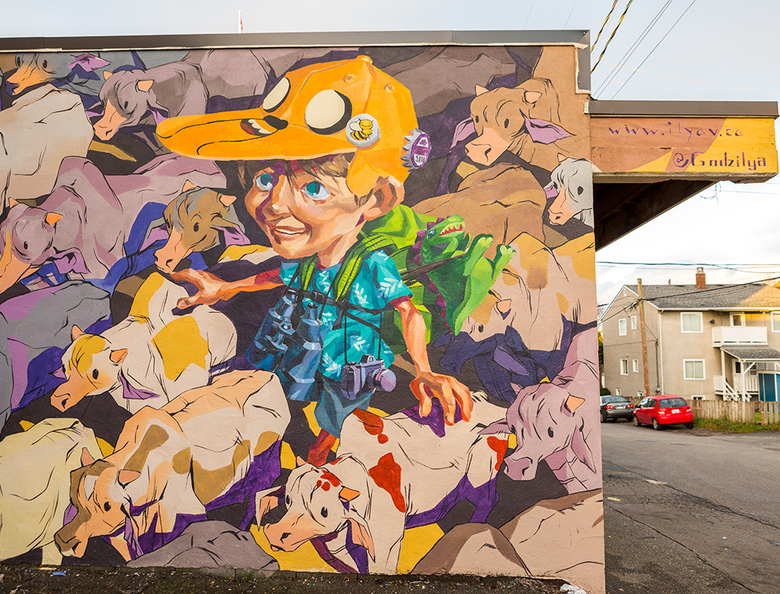



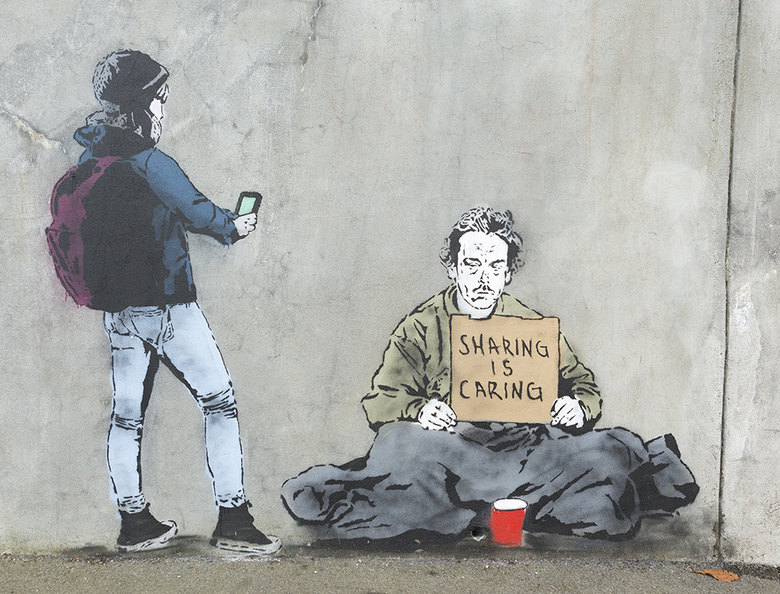
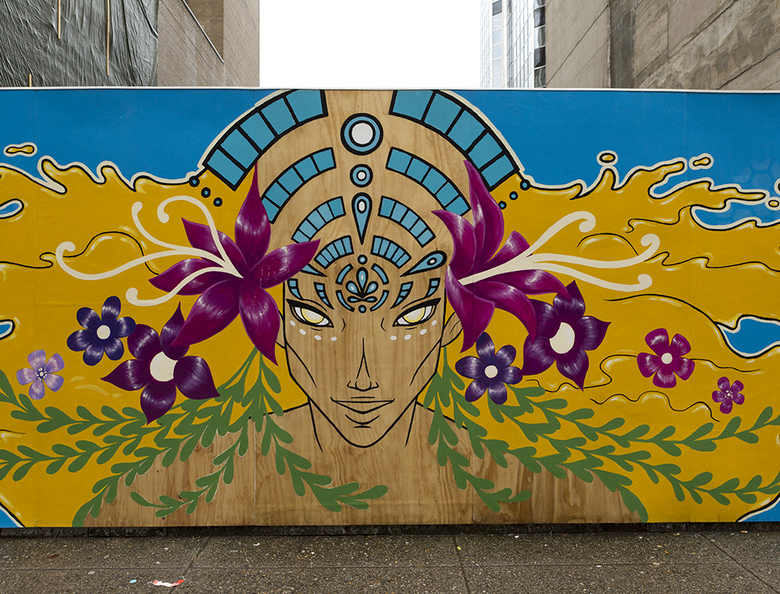

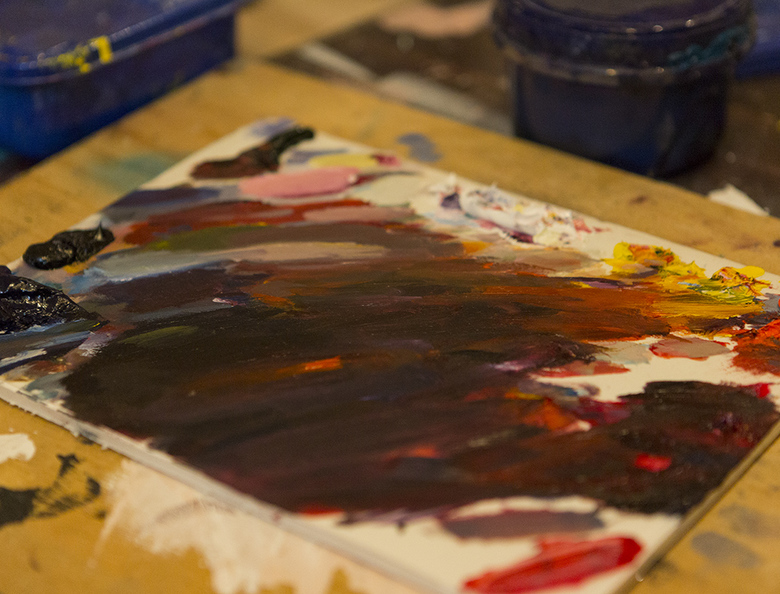

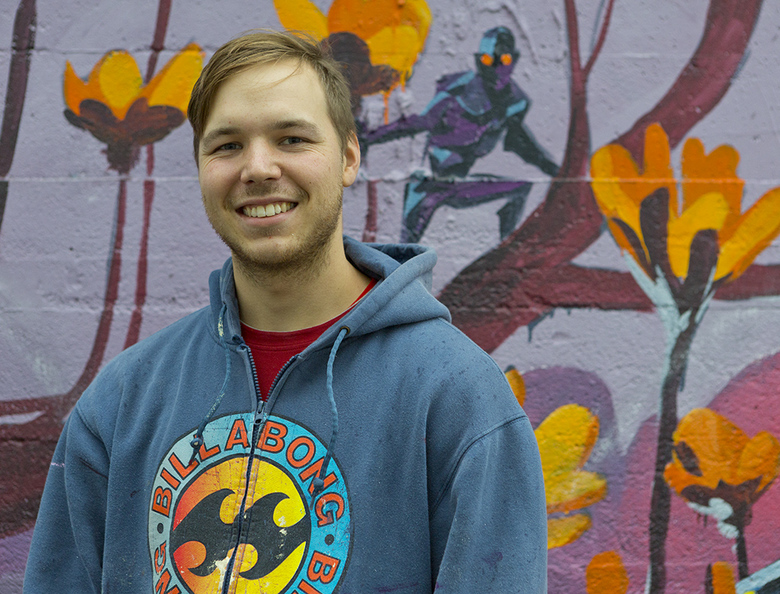
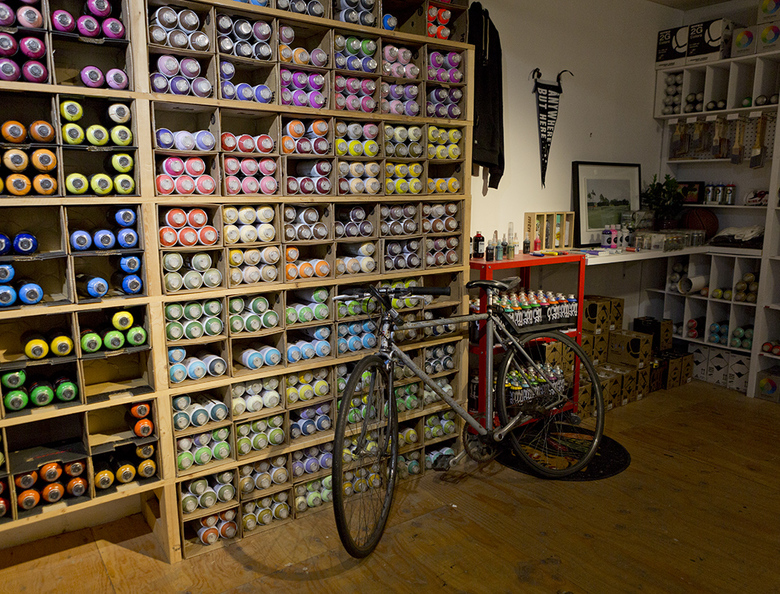

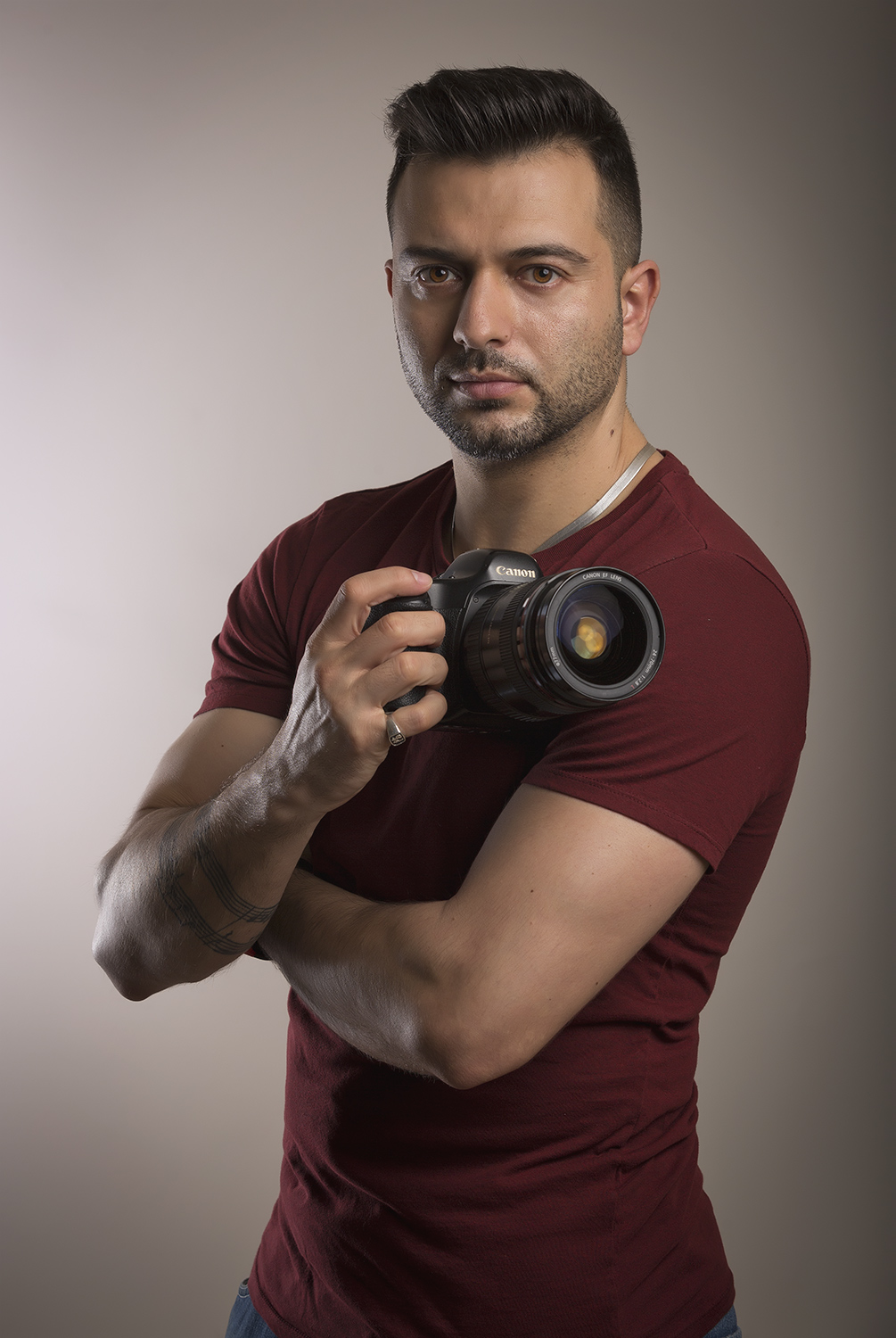 Ricardo Vacas
Ricardo Vacas
I have to say that I like any of this street art much more than those ‘contemporary’ Vancouver pieces such as the A-mazing- Laughter. I wish Vancouver could respect street art more and look at it from the angle of the value it brings – whether legal or illegal.
I love iHeart’s style. So much more interesting and thought-provoking than a lot of the stupid ‘art’ installations we have here. A great read!
Street art is great, especially when thoughtful, well done. I’m no chip Wilson fan but good on him for recognizing that and ponying up some coin!
The city needs to recognize some of this greatness, not squash it.
Some of their work is awesome, but would these artists still consider it “art” if someone else painted a piece on the blank wall of their parents’ house in the middle of the night?
I’m a fan of street art ~ sanctioned or not. For it as long as street artists adhere to a code – so that a mom and pop corner store doesn’t face clean-up bills, for example. There are good graffiti and bad ones and tagging is rather stupid.